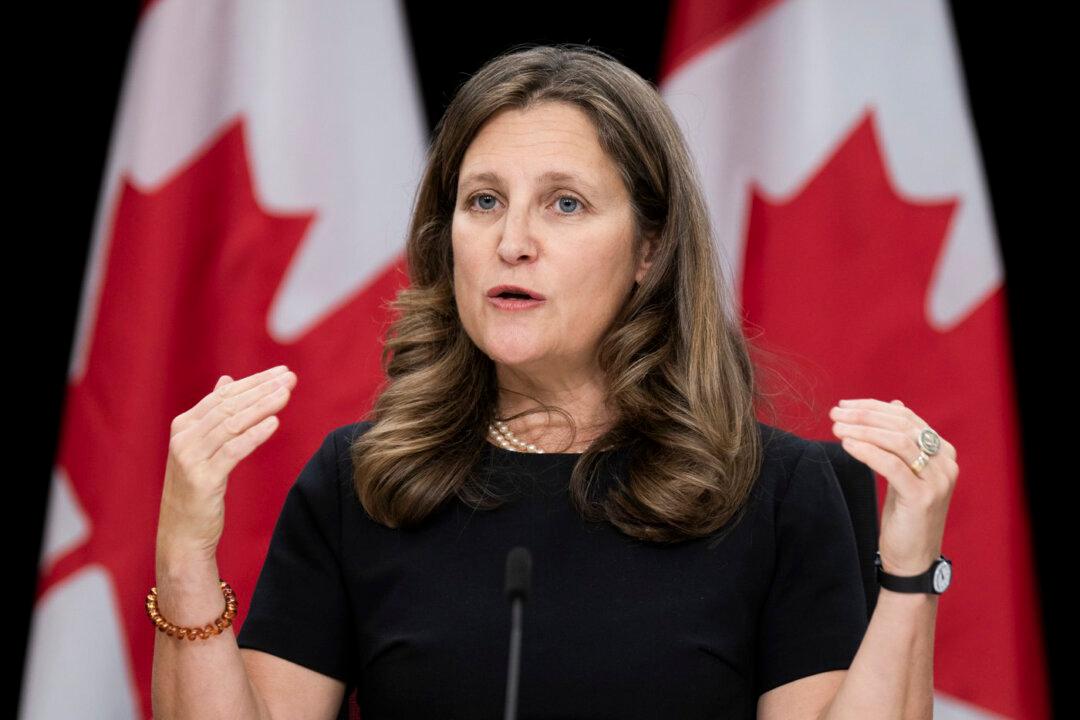Economist Jack Mintz says it will be hard for Canada to become a leader in critical minerals and to make EV battery production profitable, despite Ottawa’s hopes.
“Our economic plan is turning Canada into a critical minerals superpower. From EV battery plants to net-zero mining, we are responsibly unlocking Canada’s natural resources to create more good jobs and prosperity today and for the next generation,” Finance Minister Chrystia Freeland said in a March 5 post on X.





